Insectivorous Birds
We have a good selection of hardbills and hybridising pairs, and just a few softbills so a chip of the old block.
Below are a few of the species we have kept over the years and some we still keep.
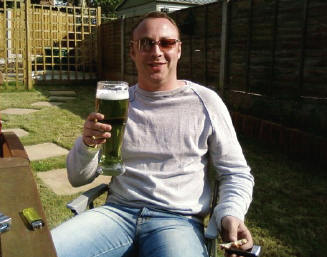
2010 Breeding Skylarks
Skylark Nest on the Aviary floor
Youngsters left the nest and hiding around the aviary
Other Softbills
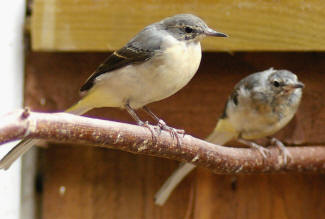
These birds are still in Immature plumage and will become very yellow on the breast by the spring and after there first full moult. this species is difficult to sex at this stage and the cocks are very aggressive so need to be split up, or moved to a large well planted avairy so the other birds can get away from any aggession, as the young cocks mature.
Pied Wagtail Cock
Much more sociable than the Grey, but can still cause trouble when in breeding condition.
Easier to sex as the cock gets a blackish back and more black on the head.
Can be kept with Thrushes with no problem in larger aviaries.
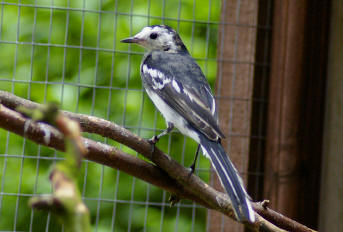
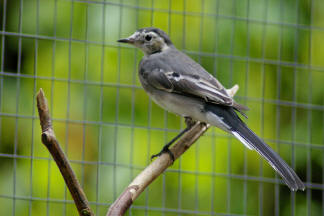
Cocks and hens are the same colour as imature birds but in the spring the cocks have a grey back and large black stripe through the eye,
quite an aggressive species best kept on there own, in a small aviary cocks become very aggressive so are best introduced to the hens at the start of breeding season and must be watched or else he will damage or even kill the hen in some cases.
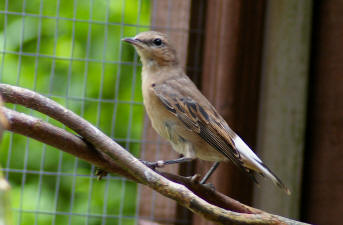
Cocks and hen are very easy to sex as they are sexually dimorphic this means that they are different in colour the hen is very drab brown with a ruffous tail,
Again treat this species the same as the wheatear as the cock does become aggresive.
Both species are similar as youngsters but in spring the cock gets his black head then the sexes can be seen easily.
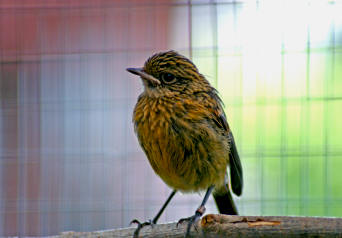
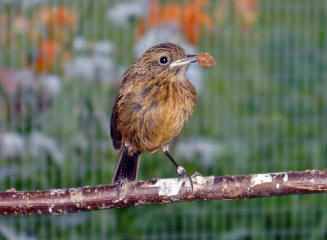
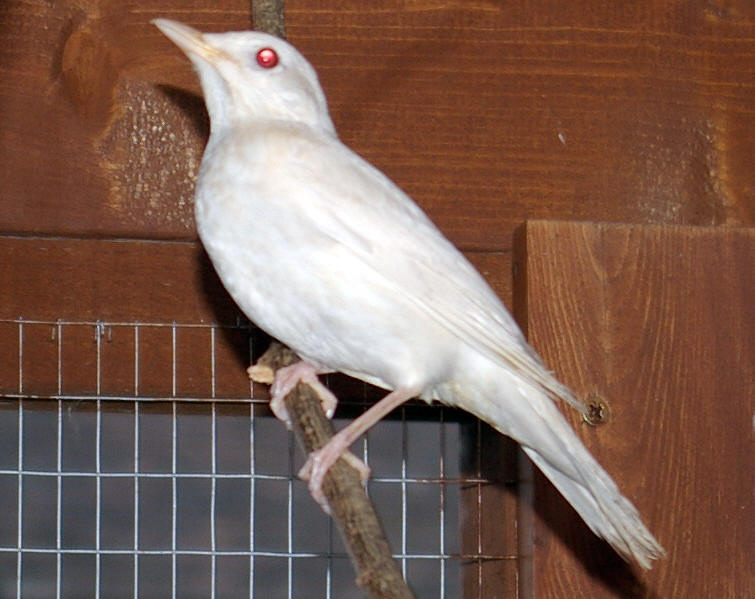
This is a red eyed species not as red as the picture shows it was the flash from the camera that made this birds eyes so red.
Isabel is a form of Cinnamon Pastel.
Thrushes are becoming rare in the wild but are an easy species to breed in captivity.
The Song thrush is a very sociable bird and can be kept with other species in a large aviary all year round.
Supply a tray of mud when nest building comences as the thrushes will need this to line their nests.
Great singer this species and loves snail from the garden give thrushes a stone to smash the snail shell with
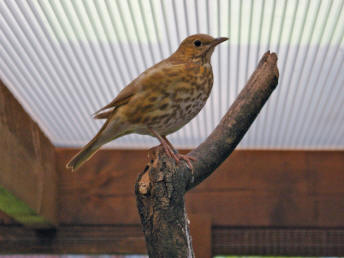
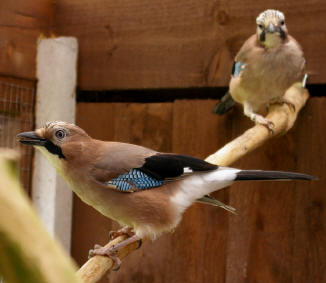
Both sexes are similar so DNA sexing is the only guaranteed way of proving that you have a pair,
A larger aviary is best 10ft x 6ft is probably the minimum.
Must be kept on there own.
Jays become very tame especially when hand reared
Jays can be bred in a few colours cinnamon and opal come to mind
This species is one of our most colourful species, and a pest to other birds as it steals eggs and young chicks from other species in the wild, but a great bird for the aviary.
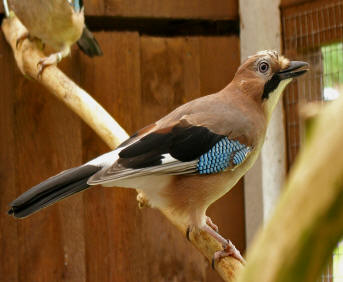
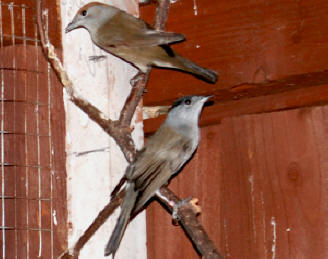
Very sociable bird and can be kept with other species,
Sexes can be seen in this picture the cock has a black cap and the hen has a brown cap.
Good bird to keep and relatively easy to breed.
Difficult to sex for the beginner, but the cock is redder on the flanks than the hen.

In the Aviary this bird spends most of its time on the floor just like quail, it even breeds on or near the floor,
Cocks are a lot bigger than hens, and the cocks have a wonderful song.
Good starter bird breeds very well in the Aviary and is also very sociable
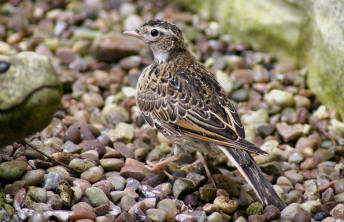
Cocks get a yellow beak, and have a great song, not very sociable best kept on their own,
Quiet nervous not as steady as the Song Thrush
Breeds very well in an aviary.
The Blackbird is available in a lot of different colours, which include Cinnamon, Pied, Silver, Pastel, and Isabel to name a few.
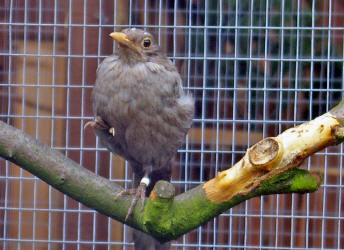
Willow Warbler
Very sociable birds, can be kept with other species.
sexes are alike so better to DNA sex these birds, to save time and a wasted season,
This species being a migrant is better kept inside during the hard winter and returned to the aviaries when the worst of the weather has gone.
Our Dogs on guard duty and cat patrol
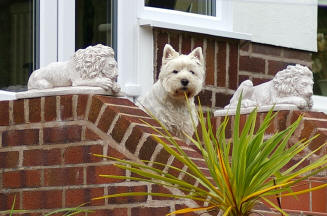
Pity he wasn't around when this Sparrowhawk dropped in, or perhaps the Cat was safer in the house until it had gone. Where's the Dogs when you want them.
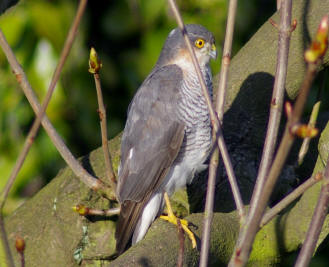
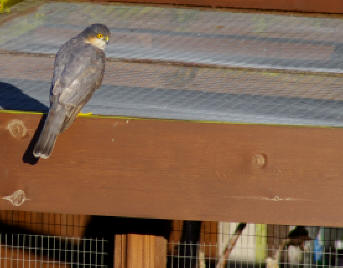
Behind Chris is my dad on the left, with the late Peter Lander. selling his new book at the time British Birds in Aviculture.
ALL PICTURES ON THIS WEBSITE ARE COPYRIGHTED